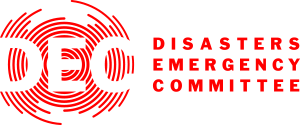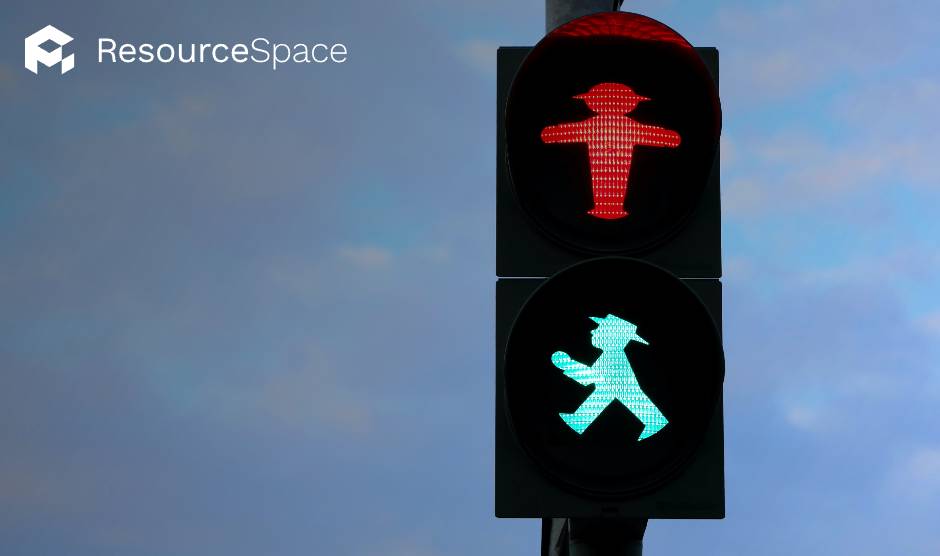
ResourceSpace has changed the way the DEC uses content, making it much easier for us to quickly make assets available both internally and externally during our emergency appeals.
Blog
2nd September 2022

The internet has democratised knowledge and information on a huge scale, but it has also caused a lot of issues for rights management.
Peer-to-peer file sharing services, for example torrent websites, have been an issue for rights owners since the late 1990s, but the problem extends beyond online piracy. Copyrighted digital media, particularly images, can be downloaded or screenshotted easily, but this is where Digital Rights Management (DRM) can help.
DRM helps companies to protect copyrights for their digital media by using technology that limits the copying and unauthorised use of that media, and it's playing a growing role as part of a data security strategy.
Digital media is protected from unauthorised use by copyright laws. Unfortunately, those laws alone won't necessarily stop someone wanting to obtain or use media they don't have permissions for. What's more, it's not always clear when images are free to use or copyrighted, especially if an individual or company or using Google Image Search to find digital assets.
Digital Rights Management empowers brands and copyright holders to make sure this can't happen, whether deliberately or accidentally. It will typically involve code added into the metadata of a digital asset that blocks copying, or that limits the time or number of devices an asset can be accessed from.
DRM applications can be used for encrypting images, video, audio, eBooks, software or any other copyrighted media. If someone wants to access the asset they need to have a decryption key.
DRM applications offer a number of ways for you to protect your content:
ResourceSpace makes Digital Rights Management and the control of your digital assets easy.
Our Digital Asset Management (DAM) solution allows you to block access completely for certain DAM users, or restrict access so download permission has to be requested. This can extend to search filters, restricting certain search results from specific users or teams.
READ MORE: Problems ResourceSpace solves: Restricting and blocking content
ResourceSpace gives the power to DAM managers for restricting content internally, and this provides them with much more control over where content ends up, but what about when you need to send assets to someone outside of the organisation?
ResourceSpace allows you to create URLs for external sharing, with a number of optional restrictions at your disposal.
Set URL expiry dates, select which permissions should be inherited by the recipient from pre-existing user groups, and create passwords so only the intended recipient can access the asset. You can even share entire collections of digital assets in the same way, making it quick and easy to share large numbers of files, including collections that include very large files.
READ MORE: Problems ResourceSpace solves: Sharing resources
Want to find out more about how ResourceSpace supports Digital Rights Management, restricting content and sharing resources? Book your free Digital Asset Management demo.
#DigitalRightsManagement
#Copyright
#DataSecurity
#Metadata
#DigitalMedia
#BestPractice
#IndustryNews
#ResourceSpaceTips